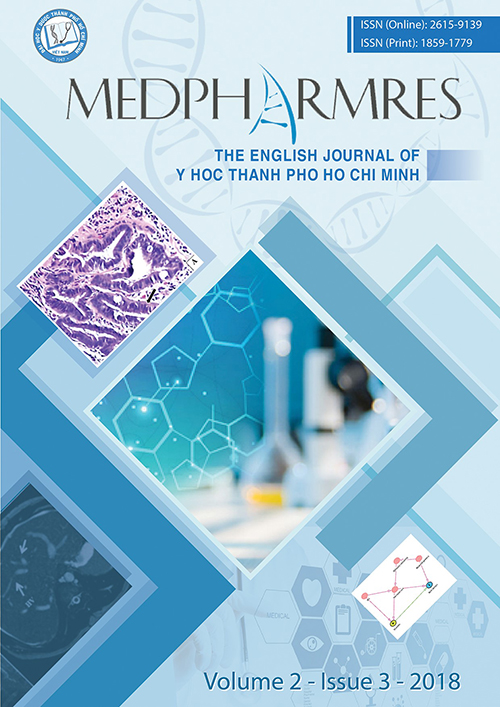Directed Acyclic Graphs: Alternative tool for causal inference in epidemiology and biostatistics research and teaching
Tóm tắt
The issue of causation is one of the major challenges for epidemiologists who aim to understand the association between an exposure and an outcome to explain disease patterns and potentially provide a basis for intervention. Suitably designed experimental studies can offer robust evidence of the causal relationships. The experimental studies, however, are not popular, difficult or even unethical and impossible to conduct; it would be desirable if there is a methodology for reducing bias or strengthening the causal inferences drawn from observational studies. The traditional approach of estimating causal effects in such studies is to adjust for a set of variables judged to be confounders by including them in a multiple regression. However, which variables should be adjusted for as confounders in a regression model has long been a controversial issue in epidemiology. From my observation, the adjustments using only "statistical artifacts" methods such as the p-value smaller than 0.2 in univariate analysis, stepwise (forward/backward) are widely used in research and teaching in Epidemiology and Statistics but without appropriated notice on the biological or clinical relationships between exposure and outcome which may induce the bias in estimating causal effects. In this mini-review, we introduce an interesting method, namely Directed Acyclic Graphs (DAGs), which can be used to reduce the bias in estimating causal effects; it is also a good application for Epidemiology and Biostatistics teaching.

